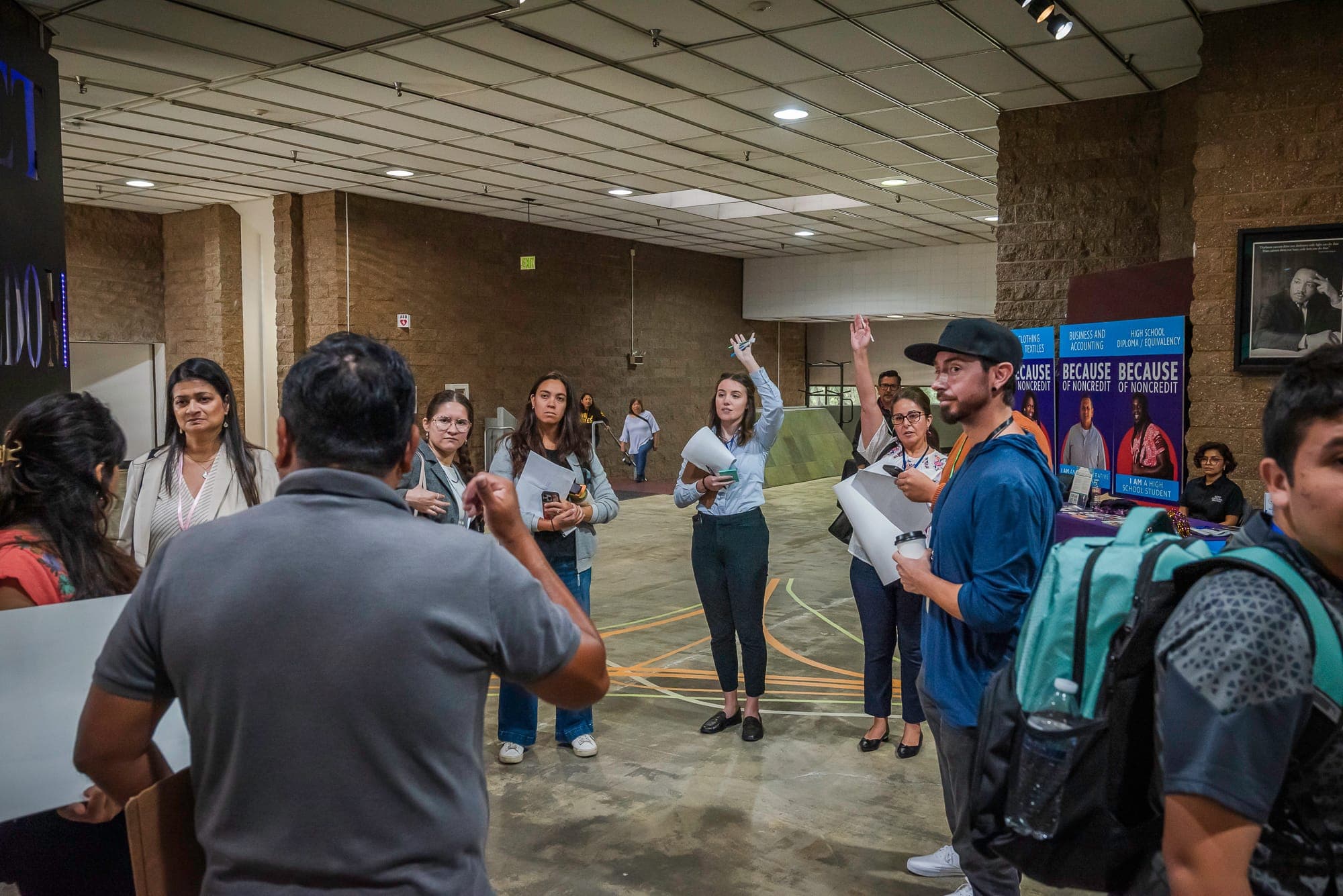What We Discovered

In spite of COVID-19, people continue to choose walkable urban places
The Covid-19 pandemic hit office space hard, but retail and multi-family rentals thrived. Downtowns, with their concentration of offices, faced challenges. Despite a temporary dip, demand for walkable urban areas persisted, evident in sustained price premiums. Housing prices in these areas soared during the pandemic, reflecting a strong market preference for walkable places.
Office rents dipped in 21 of 35 metro markets due to demand. Retail markets remained unaffected, adapting to shifting conditions. Multifamily rents, though high, experienced a temporary dip. However, premiums for multifamily housing are expected to endure.
The pandemic hit office leasing, had mixed effects on retail, and minimal impact on multifamily rentals. Walkable urban areas proved more resilient than drivable suburbs across property types, with a 33.5% higher price premium. The crisis emphasized the importance and resilience of amenity-rich, accessible neighborhoods.
Limited Supply and High Demand for Walkable Urban Places Will Reduce Their Affordability
Our findings show that there is an ever-present demand for walkable urban places; people want to live, work, and play in spaces that are vibrant and well-connected. This demand is indicated by premiums, or higher prices, for housing located in walkable urban places. For example, in the Washington, DC metro area, the premium for for-sale housing in walkable urban areas was 90% in 2021, meaning that it cost 90% more to live in walkable urban areas than not. Walkable urbanism only comprises about 1.2% of a region’s total land area, pushing premiums higher and higher, and leaving historically marginalized and low-income communities behind. The major reason for the high walkable urban price premiums is the artificial constraint on walkable urban land availability. In most metropolitan areas, it is illegal to build at densities that allow for walkable urbanism due to restrictive zoning policies. Addressing these constraints on housing supply and maintaining a focus on affordability is a key recommendation arising from the Foot Traffic Ahead analysis.
Economic Opportunity is Located in Walkable Urban Places
In the largest 35 metros, walkable urban land comprises only 1.2% of the regions’ total land mass, but accounts for over one-fifth (19.1%) of the nation’s annual gross domestic product (GDP). In other words, the bulk of economic activity and wealth in a region is generated in walkable urban areas. This supports more efficient use of space and infrastructure while generating higher rates of local tax revenue. In the top 35 metros, approximately one-third of all jobs are in significant walkable urban places. This is partly due to real estate product premiums and out-sized population in these areas, but also because of the unique assets walkable urban areas tend to have. Walkable urbanism plays a critical role in each metro region as well as in the nation as a whole.
Beyond Economics, Walkable Urban Places have a Range of Benefits
Our research shows that a higher level of walkable urbanism is correlated with increased educational attainment and greater economic vitality. The top eight regions in our FTA rankings have a population-weighted educational attainment of 42% with a bachelor’s degree or higher, compared to 33% in the lowest-ranking metros. The eight highest-ranked metros on our FTA Index have an average per capita GDP of $68,285; the lowest-ranked eight metros GDP per capita is just $50,297—representing a 36% per capita GDP increase associated with a greater amount of walkable urban places. Regions with more walkable urbanism tend to host larger, more robust economies that favor knowledge economy industries like tech, medicine, and other professional services. Agglomeration forces, essentially the clustering of similar industries and economies, bolster the area’s resilience.
Walkable urban places also increase community health and overall quality of life by providing more opportunities for physical exercise, cultivating a sense of identity and community, reducing greenhouse gas emissions from vehicles, and fostering social justice and racial equity by providing distributed access to the opportunities walkable urban places provide.
Equity and Walkability are Not Always Self-Reinforcing
One of the main results from our Foot Traffic Ahead Report was that there is a high demand, and a high price point, for living in walkable urban places. Since there is not enough supply of walkable urban places to meet demand, the cost of living in walkable locations is often very high, limiting who can afford to live, work, and play in these places. Access to walkable urbanism can also be prohibited, as evidenced by current and past policies like restrictive zoning, covenants, redlining, and highway construction. These barriers are particularly harmful and targeted toward communities of color and lower-income communities. Ensuring that walkable areas are affordable and accessible for all people should be a high priority for policymakers, local governments, developers, and planners. It will take a village to both create new, and retrofit established walkability so that everyone can take advantage of the benefits located there.
Photo by Liz Ligon / Union Square Partnership

© 2026 Smart Growth America. All rights reserved
Site By3Lane Marketing









